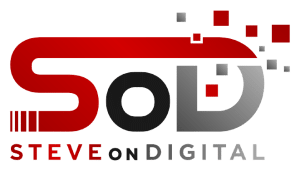Manage Change Effectively with Clear Goals and Dedicated Teams
Strategies for Successful Change Management
Successful steps for a smoother change management
-
Setting Clear Goals
The first step in successful change management is setting and communicating clear goals. You need to articulate why the change is necessary and what benefits it will bring to the organization. This helps everyone understand the purpose of the change and gets them on board with it.
-
Building a Team
Assembling a dedicated team to manage the change process is crucial. This team should include members from different areas of the business who can provide diverse perspectives and insights. They will be responsible for defining the strategy and managing the implementation.
-
Training and Upskilling
With new technology comes the need for new skills. It's important to provide your employees with the necessary training and resources to adapt to the new technology. This could involve formal training sessions, mentorship programs, or self-learning resources. By investing in your employees, you are setting them up for success and ensuring a smooth transition to the new technology.
-
Communicating Effectively
Communication is key when it comes to managing change. It's important to keep everyone involved informed and updated throughout the process. This could be through regular team meetings, company-wide emails, or even an internal newsletter. The key is to ensure that everyone feels included and has a clear understanding of what is happening. This also allows for any questions or concerns to be addressed in a timely manner.
-
Celebrating Milestones
Change management is a long process and it's important to acknowledge and celebrate milestones along the way. This could be reaching a certain stage in the implementation, successfully completing training, or seeing positive results from the new technology. Recognizing these achievements helps keep everyone motivated and reminds them of the progress being made towards the end goal.
-
Monitoring and Adapting
Change is not a one-time event, it's an ongoing process. It's important to continually monitor the progress and effectiveness of the change and make adjustments as needed. This could involve seeking feedback from employees, conducting surveys, or tracking key metrics. By staying vigilant and adaptable, you can ensure that the change is successful in the long term.
Additional Tips
- Effective change management
- Sustainable behavior
- Archetyping
- Archetype Matrix
- Capability-building
- Organizational change
Effective change management is critical to the success of any organizational transformation. Unfortunately, many organizations overlook this key component and suffer the consequences. In fact, a study by McKinsey found that only 30% of companies felt their transformation efforts were successful in improving performance and sustaining those improvements over time.
The lack of sustainable behavior shifts is often attributable to a failure to effectively deliver capability-building programs. Traditional approaches to capability building, such as the “one-size fits all” model, are outdated and ineffective. They fail to recognize employees as individual learners with unique mindsets, needs, and engagement preferences. This approach can leave many employees disinterested or unwilling to learn, resulting in a low rate of adoption.
In order to address this challenge, archetyping is a helpful tool for segmenting learner populations and understanding their convictions and mindsets. By identifying the existing frequency of practice of desired behaviors and the conviction to improve upon those behaviors, organizations can develop a more targeted and effective approach to capability building.
The behaviors archetype matrix is a foundational approach that allows organizations to gauge where learners are in terms of their adoption of new behaviors, and why they may be struggling to improve. For example, if learners don’t have the desire to improve, they may fall into the “Skeptics” category, while those who want to improve but struggle to practice and adopt new skills may be categorized as “Eager Learners.”
To increase the odds of capability-building success, different interventions are required for each archetype. For example, Skeptics may need additional motivation and incentive to engage in a capability-building program, while Eager Learners may need more support and resources to practice and adopt new skills.
Ultimately, effective change management is critical for creating enduring and impactful organizational change. By recognizing the importance of capability building and implementing a tailored approach to meet employees where they are, organizations can improve their chances of success and drive long-term performance improvement.

